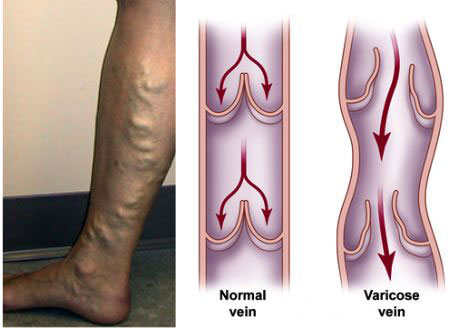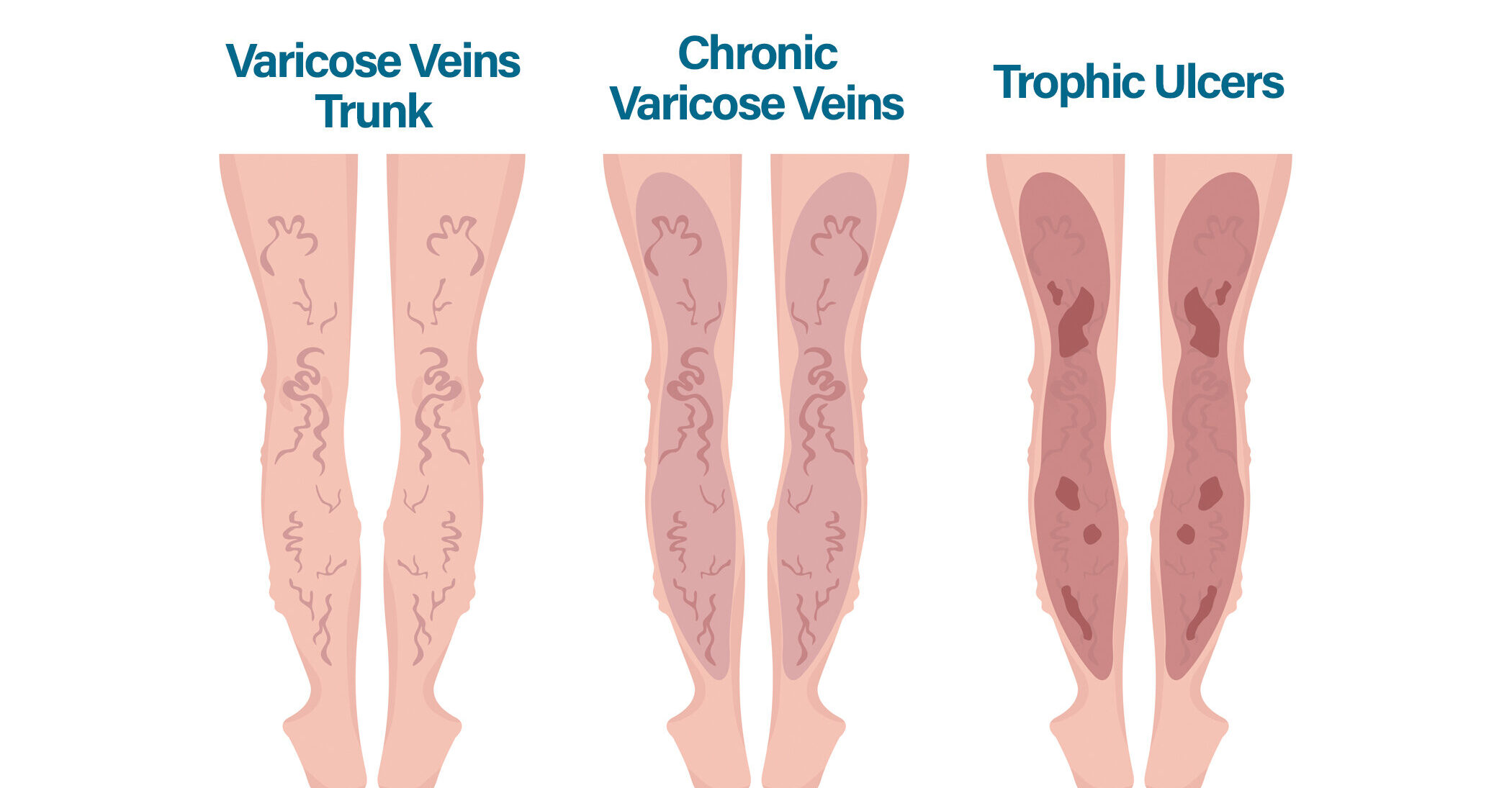Varicose veins are enlarged, twisted veins that often appear dark purple or blue. The term “tortuous” in the context of varicose veins refers to their twisted and winding nature. Keep in mind that any personal experience or medical situation should be discussed with a healthcare professional.
Pre-operative assessment for varicose veins typically involves a thorough examination by a vascular specialist or surgeon. This examination may include a visual inspection of the veins, an ultrasound to assess blood flow and vein structure, and a discussion about symptoms and medical history.
The term “gnarly” is colloquial and may be used to describe veins that are particularly twisted, bulging, or difficult to navigate. While it may not be a medical term, it conveys a sense of complexity or difficulty.

When it comes to getting an intravenous (IV) line in a varicose vein, it depends on various factors. In some cases, healthcare professionals may choose to avoid varicose veins for IV placement due to their irregular structure. However, the decision ultimately depends on the specific circumstances, the patient’s overall health, and the expertise of the medical team.
If the varicose veins are deemed suitable for IV access, healthcare professionals may use techniques such as ultrasound guidance to improve accuracy and reduce the risk of complications. It’s important to communicate openly with your healthcare team about any concerns or questions you may have regarding the procedure.

Remember, individual experiences can vary, and the best source of information about your specific situation is your healthcare provider. They can provide personalized advice based on your medical history and current condition.

